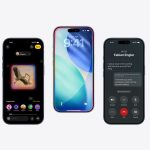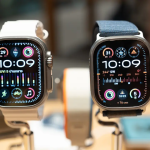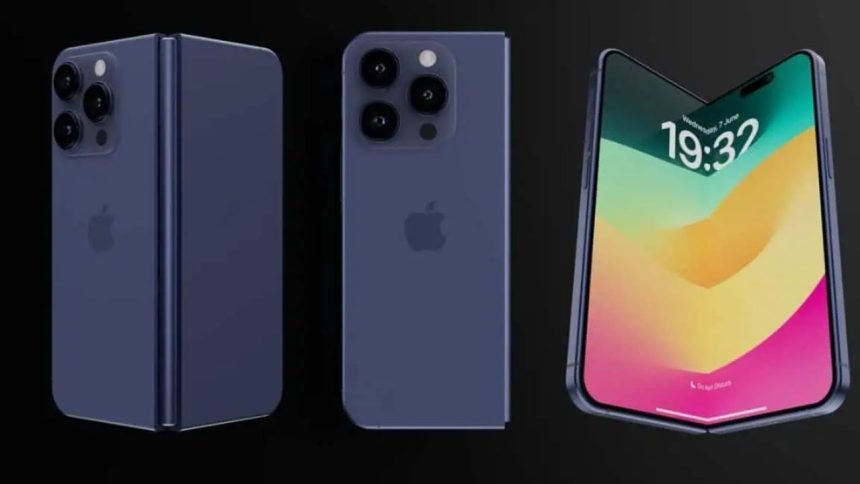Apple’s long-rumored foldable iPhone is drawing closer to reality, with new reports offering fresh details on its pricing, design, and production timeline. According to investment firm UBS, Apple’s first foldable iPhone could start at $1,800 to $2,000, a figure lower than some previous estimates but still out of reach for most consumers. This projected pricing could give Apple a competitive edge against rivals like Samsung, whose new Galaxy Z Fold 7 retails at $2,000 or above.
Production and Launch Timeline
Industry analysts, including Ming-Chi Kuo, suggest Apple will start manufacturing the foldable iPhone in late 2025, with a public launch expected in 2026—potentially alongside the iPhone 18 series. Assembly partner Foxconn is gearing up for production, but some key component specifications, such as the much-discussed “liquidmetal” hinge, are still being finalized.
Design: Crease-Free Display, Premium Materials
Leaks point to a “book-style” foldable form factor, comparable to the Galaxy Z Fold lineup, featuring a main 7.8-inch crease-free internal display and a 5.5-inch outer screen. The device will reportedly be ultra-thin when unfolded (about 4.5-4.8mm) and incorporate high-end materials like titanium alloy for the chassis and a new hinge design using both stainless steel and titanium. Other potential features include:
- Touch ID on the side button (Face ID may be omitted due to thickness constraints)
- Dual-lens rear camera
- Densified battery technology similar to the expected iPhone 17 innovations
Why “Cheaper” Might Not Mean Affordable
While a starting price around $1,800 to $2,000 seems “cheaper” than earlier rumors of a $2,500 tag, the move still cements Apple’s foldable as a super-premium device, priced above what most mainstream consumers are willing to pay. The Bill of Materials for the device is reportedly around $759, according to UBS, which is slightly less than Samsung’s own foldable production costs. However, bulk supplier discounts and Apple’s market position could bring this down, allowing some flexibility in pricing.
Long-Term Vision: AI and Usability
Apple is reportedly taking its time in order to learn from rivals’ mistakes and address known foldable challenges, such as hinge durability and device thickness. The company’s efforts to make the device slim and structurally sound may also yield new features and refinements to the iOS experience—likely with a focus on AI, multitasking, and seamless transitions between folded and unfolded modes.
Limited Availability and Market Impact
Analysts don’t expect the foldable iPhone to ship in huge volumes at launch, with estimates ranging from 3-5 million units for the first year. The device will most likely be positioned as a high-tech showcase in Apple’s lineup, and may initially be available only in select markets due to its price and complexity.






